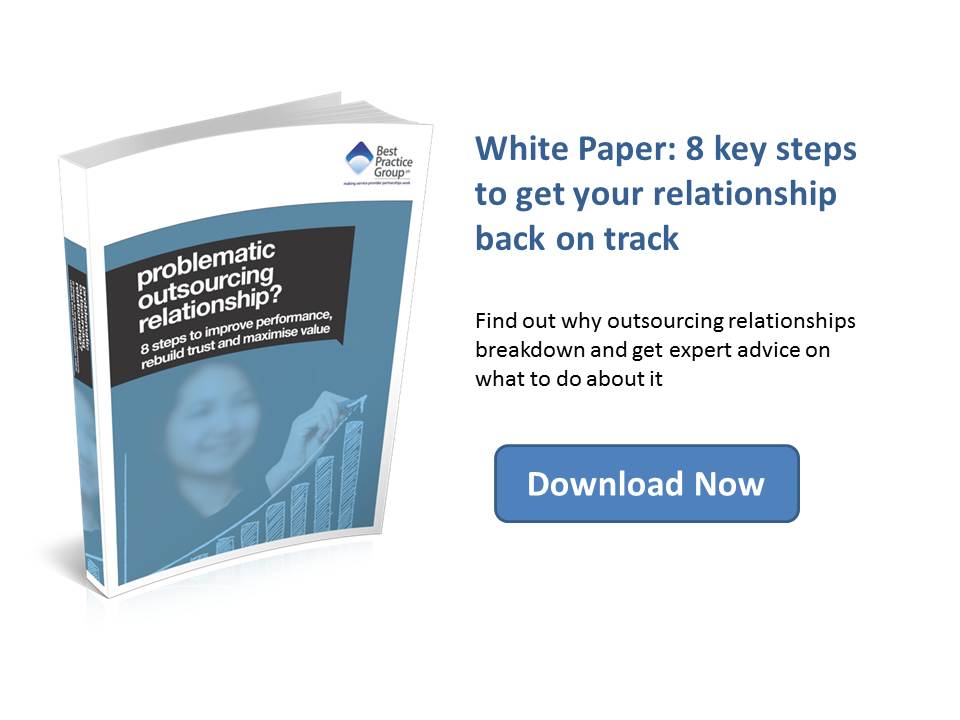When the tagging scandal of 2013 hit Serco, it was reported that nobody could have believed that this organisation could fall so far and so fast. Awareness of the ‘overcharging’ story is now so widespread that we don’t need to go into that side of things in too much detail here, but the fall from grace, and exactly how it unfolded, is an interesting series of lessons to be learned.
Serco’s success
From a management buyout in 1987 and the London Stock Exchange floatation in 1988 to a global business turning over £4.9bn in 25 short years. Serco’s growth was little short of meteoric.
At its height, Serco had over 100,000 employees in more than 30 countries and contracts gave Serco responsibility over a vast array of services across the globe – from air traffic control in Dubai to immigration detention centres for the Australian government, and from healthcare contracts with the NHS to management of our ballistic missile early warning system.
Serco came to symbolise the success of the outsourcing sector, supporting and managing projects in justice and immigration, defence, education, transport, health and local authority services.
According to the National Audit Office, £1.8bn of their turnover was, in 2012, gained through contracts with the UK public sector, making it the largest of the big four outsourcing companies by a wide margin.
Where challenges seemed to arise
Electronic tagging was introduced by the Home Office in 1999 as a means of reducing prison overcrowding and costs, allowing offenders who were considered least likely to be of harm to society back out into the community, with restrictions of course. Serco and their project partners G4S had been awarded the outsourcing contract in 2005.
In the spring of 2013 a young civil servant, reviewing the documents submitted by Serco, and their partners, in advance of the renewal of their contracts, recognised that there was an issue with the figures. This person raised the alarm, but according to some reports these initial worries were ignored by the ‘powers that be’.
The problem is that public-sector contracts are inherently complex and can sometimes have clauses that are open to a broad interpretation. In this case the issue lay with when an individual should start and finish being counted as tagged and therefore charged for.
Serco and G4S determined the beginning and end of their charging period by the letters of instruction that they received from the prison or court rather than when they actually fitted or removed the ankle device. As letters were inevitably, at times, late, delayed, forgotten or lost in transit, some of the tagged individuals were being charged for long after they should have been removed from the register. As we now know, some were no longer in need of the tag, some had absconded and some had even died, but Serco and G4S were still charging for them.
Because of this reliance on paperwork as the only means of ending a charging period, the default system end-dates of 2020 and 2030 at Serco and G4S respectively, according to a Guardian report, seems to have been a very odd process to rely upon. So if that junior civil servant had not discovered the errors, the public purse could simply have been drained for many years to come.
As an aside, we have written many times about the importance of a holistic and well-resourced intelligent client function (ICF). An ICF team that had structured an appropriate operational contract in the first instance and implemented both governance and ongoing reshaping of this agreement would more than likely have avoided these issues in the first place, thus removing the reputational and financial risks for both organisations, saving jobs on both sides and much-needed taxpayers’ funds.
Bad news comes in threes:
The revelation of the tagging scandal, though, was just the beginning of the challenges that Serco found itself having to deal with.
Thameside Jail
In May 2013 it was alleged that Serco should be doing more to prevent the ill-treatment of inmates at Thameside, a jail that they were responsible for managing. Her Majesty’s Inspectorate claimed that 60% of the inmates were locked up all day long, which was in breach of a number of statutory regulations. But the aspect of the situation that exasperated them most was their belief that those managing the jail had little or no practical solutions to resolve the situation.
House of Commons PAC report
In July 2013 the House of Commons Public Accounts Committee published a report into the way GP surgeries in Cornwall were being managed by Serco. Their investigations found that failings discovered two years earlier had not been properly dealt with, and that Serco had not been acting in a manner befitting an organisation that at this stage had built up a strong reputation for its ethical culture. The PAC report highlighted an unnerving picture of data falsification on literally hundreds of occasions, poor standards that did not meet the minimum national requirement, and a culture of ‘bullying’ when it came to whistle-blowers.
The tagging scandal
July 2013, and cometh the tagging scandal. As we know, this involved claims of over-charging, demands for £60m or more to be paid back, and a relied upon process that placed everyone in a very odd situation.
Responding to the challenges
The response from Serco was swift. Alastair Lyons, Serco’s chairman, said, “The contract issues that were identified should never have happened and we apologise unreservedly for them. We are doing everything in our power to make sure that such issues cannot reoccur anywhere in our business around the world. Our objective is to deliver excellent public services with openness and transparency, and I believe the actions we are taking will support this now more than ever.”
However, with so much publicity, and public money at stake, accompanied by the belief that serious legal issues had been brought into question, the Ministry of Justice referred the case for criminal investigation. Serco’s reputation was being questioned. The organisation’s share price tumbled. And, they were prevented from bidding for public-sector contracts – which made up the majority of Serco’s work at that stage.
Our next article in this Serco series takes us forward in time to when Rupert Soames took over the top job in the firm belief that he could turn things around. But what did he discover? What was his plan? And what was it like in the hot seat for this initial period?
The last part of the series if you missed it, can be found here: ‘The Meteoric Rise of Serco’


